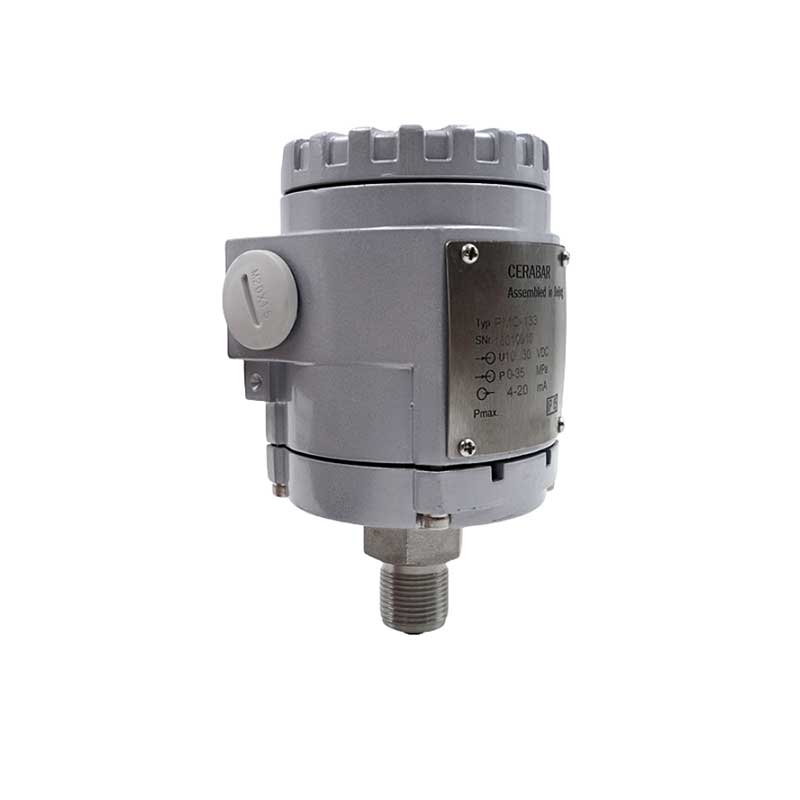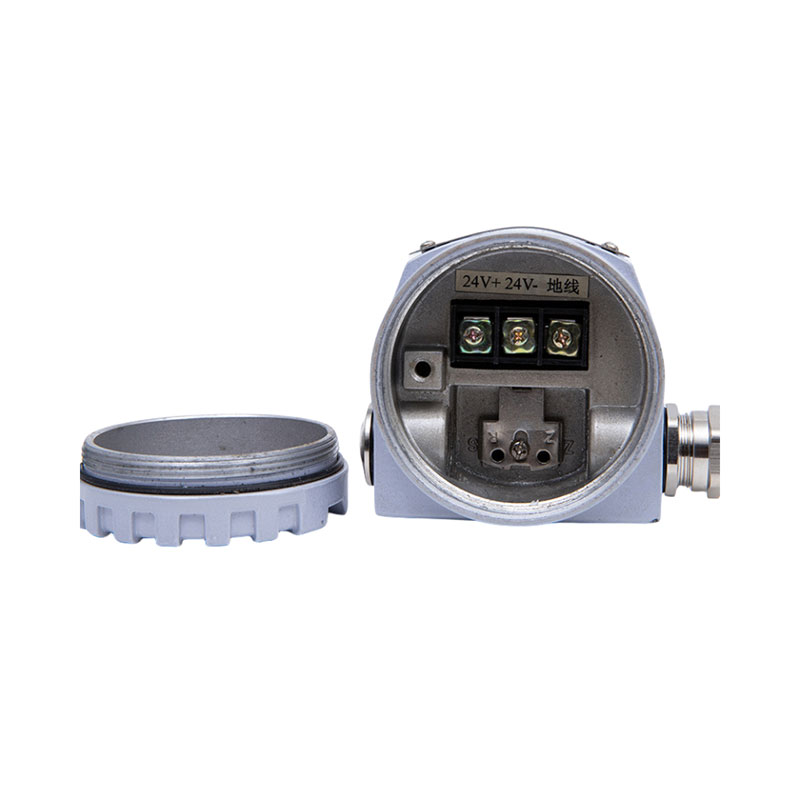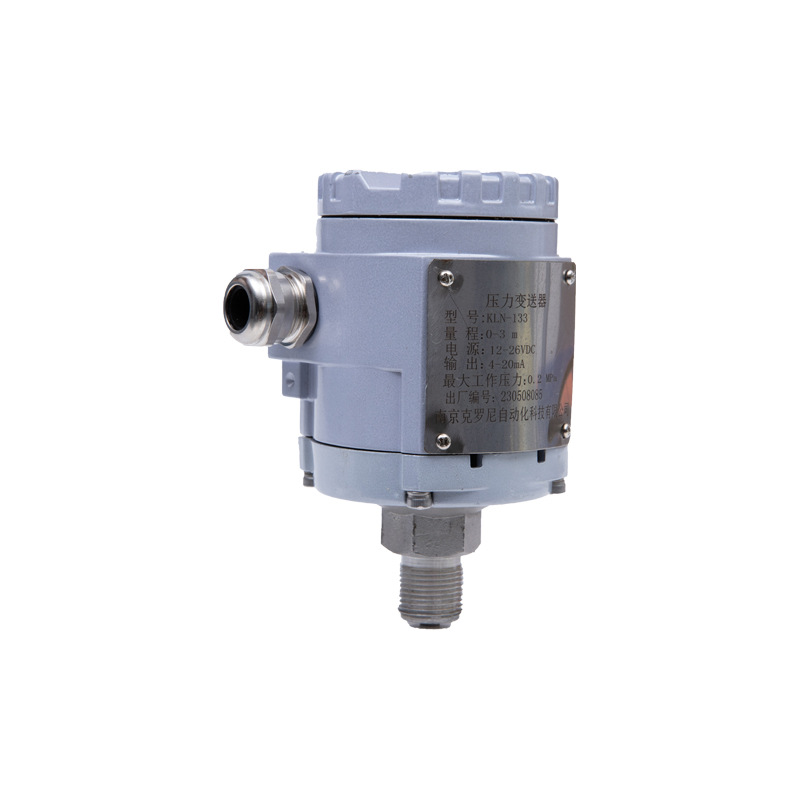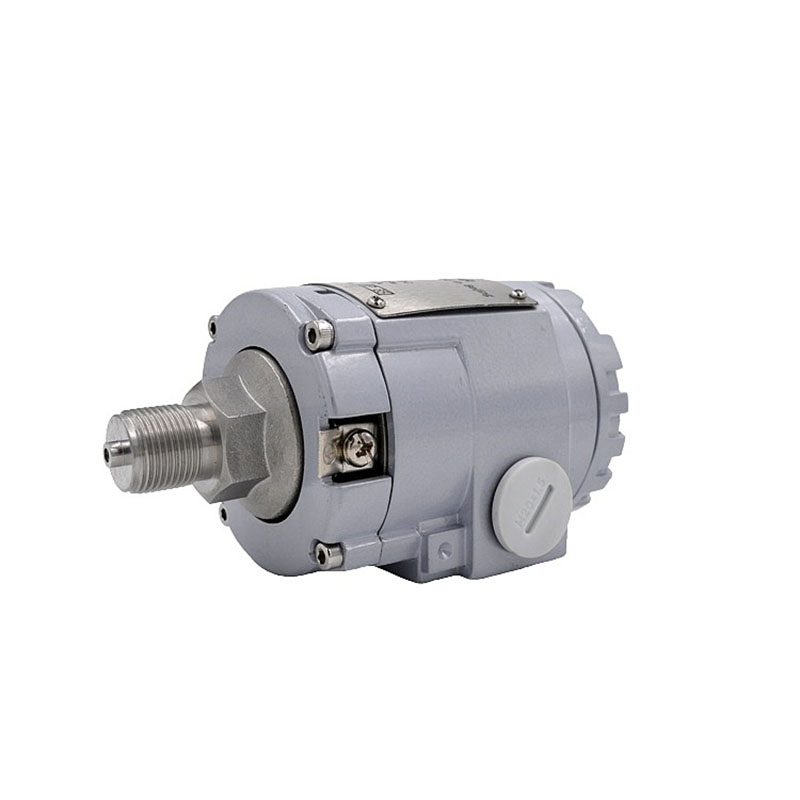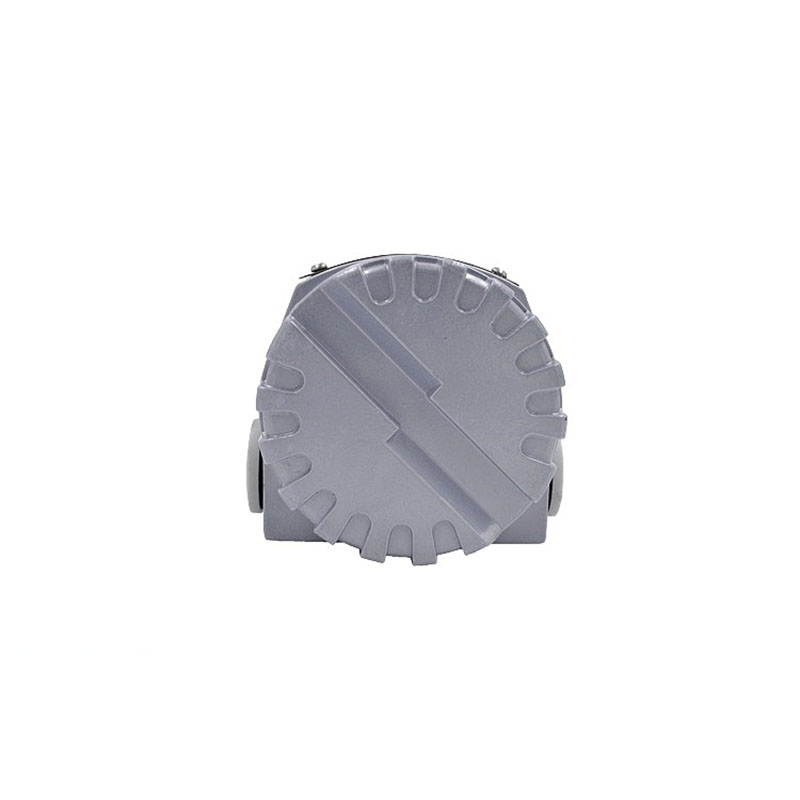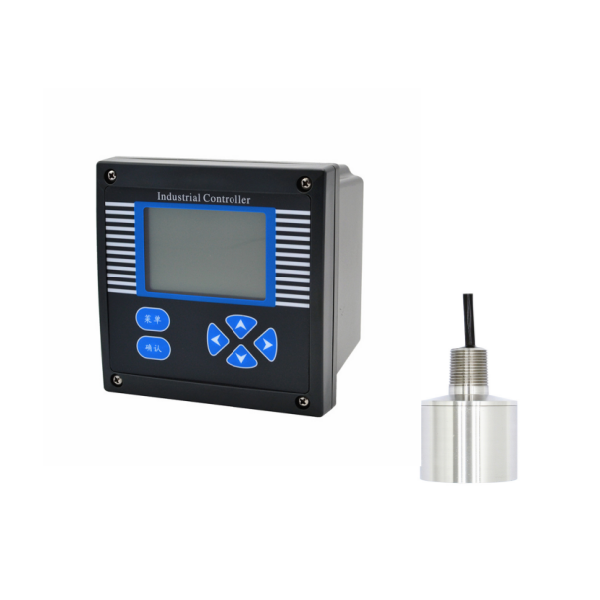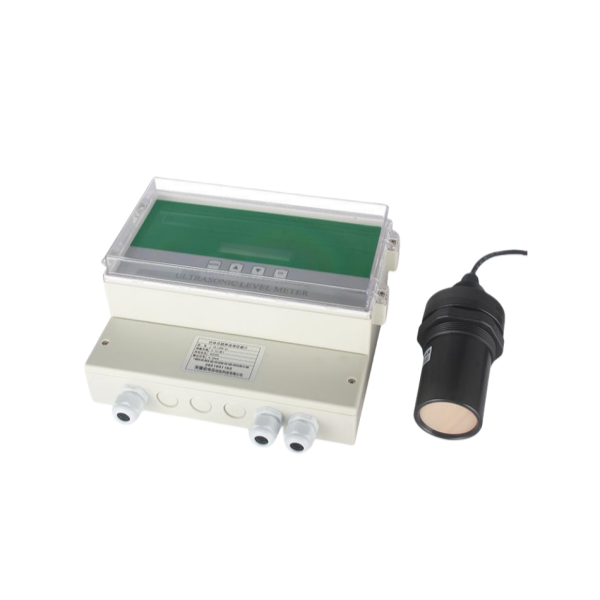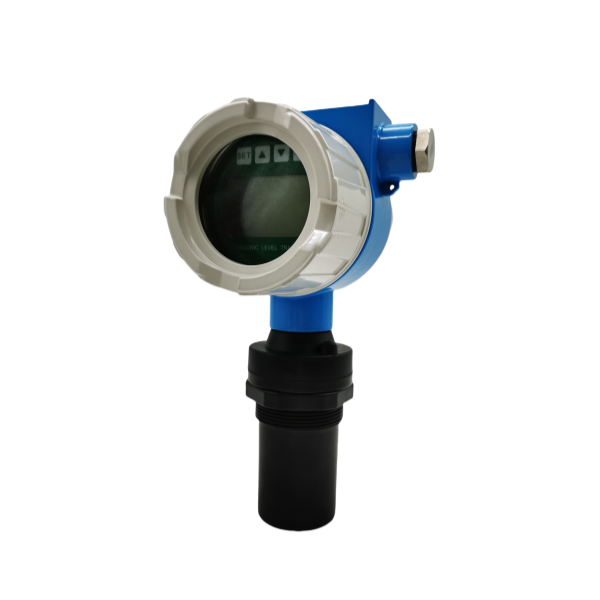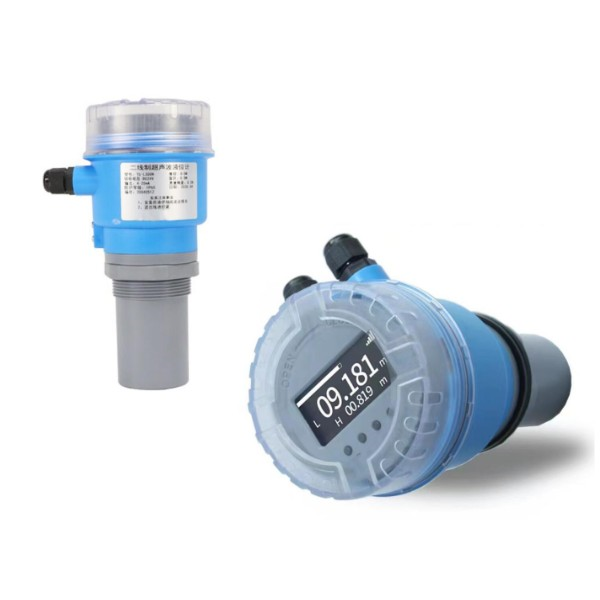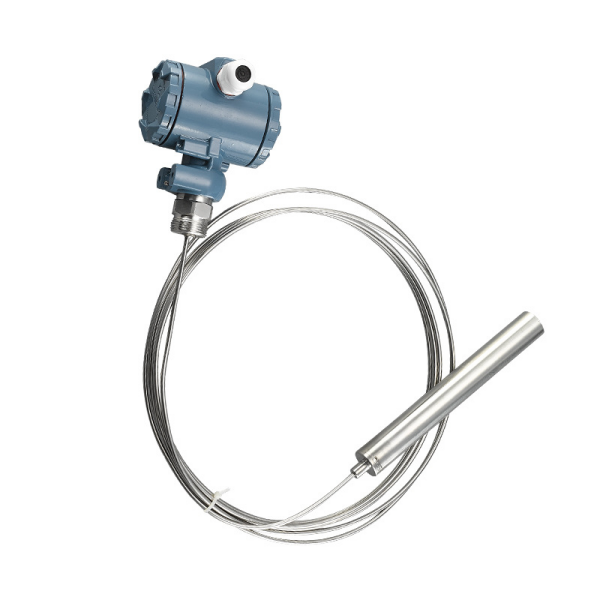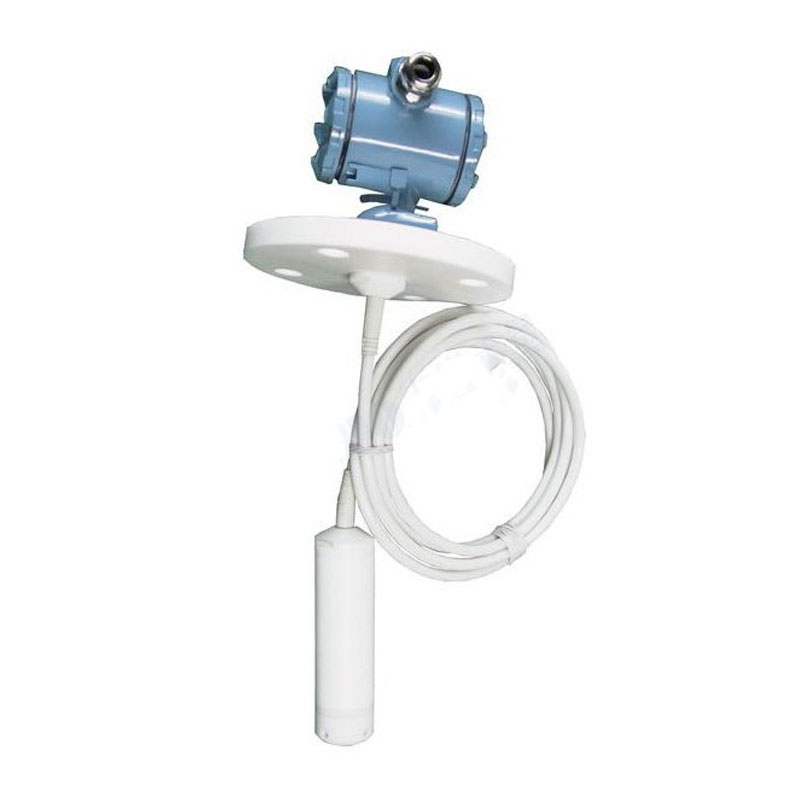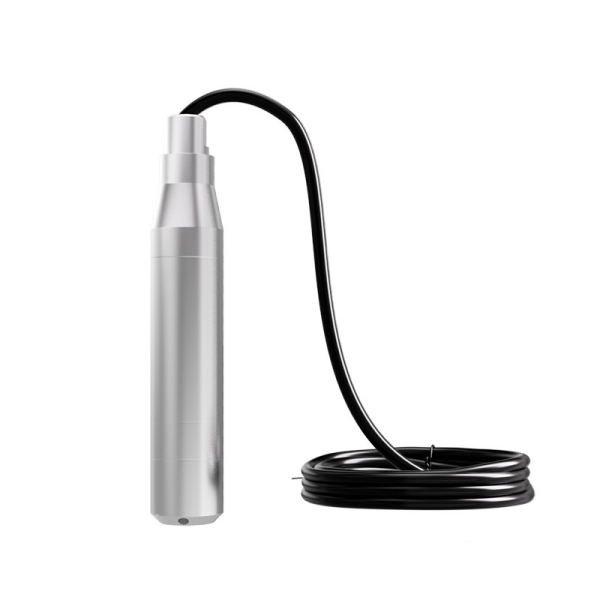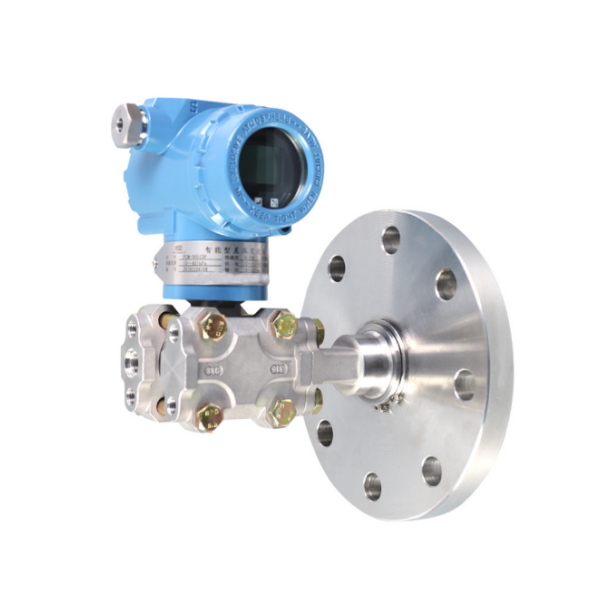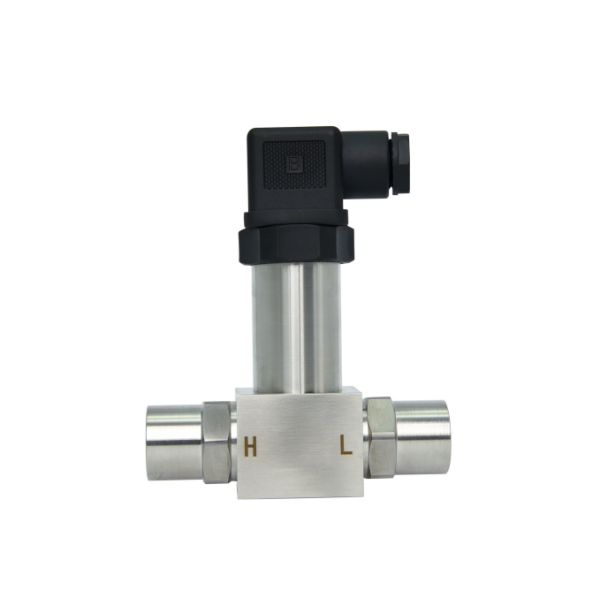Advantages of ceramic capacitive pressure sensors
1. Corrosion resistance. Used to measure corrosive media. Such as seawater height measurement, sulfuric acid, nitric acid, chemical liquid gas pressure measurement, etc.;
2. Vibration resistance, the free scanning vibration error of 1.5~4.2g does not exceed 0.2%FS. It can be used for high-speed rail, tank locomotives;
3. Impact resistance, the 40g error does not exceed 0.2% FS;
4. Wide temperature range -40°C~125°C, the error in the whole temperature range does not exceed 0.2%FS;
5. Large signal output, internal linearity and temperature compensation, high overall accuracy and good stability;
6. Strong overload resistance, overvoltage can reach dozens of times of the measuring range and can withstand vacuum;
7. The pure ceramic matrix without intermediary liquid will not cause process pollution and is suitable for the food and pharmaceutical industries.
Common pressure sensor technology types
Pressure sensors are generally used to measure the pressure of the gas or liquid atmosphere in which the sensor sensitive device is located. They are generally used to feed back to the system main control unit to achieve precise system control.
As a category of sensors, pressure sensors are widely used in different industries such as automobiles, industry, home appliances, and consumer electronics. Commonly used pressure sensors are distinguished by their sensing principles and mainly include the following categories:
- Silicon piezoresistive technology;
- Ceramic resistor technology;
- Glass micro-melting technology;
- Ceramic capacitor technology;
Working principle of ceramic capacitor pressure transmitter
Ceramic capacitor technology uses a fixed ceramic base and a movable ceramic diaphragm structure. The movable diaphragm is sealed and fixed with the base through glass slurry or other methods.
An electrode pattern is printed on the inside between the two, forming a variable capacitor. When the medium pressure on the diaphragm changes, the capacitance between the two changes. The signal is converted and conditioned by the conditioning chip and then output to the subsequent stage for use.
In the event of overpressure, the diaphragm is directly attached to the solid substrate. Since the gap between the diaphragm and the base body is only 0.1 mm, the maximum displacement of the diaphragm during overload can only be 0.1 mm. Therefore, the structure ensures that the diaphragm will not undergo excessive deformation. The sensor has strong impact resistance and overload resistance.

